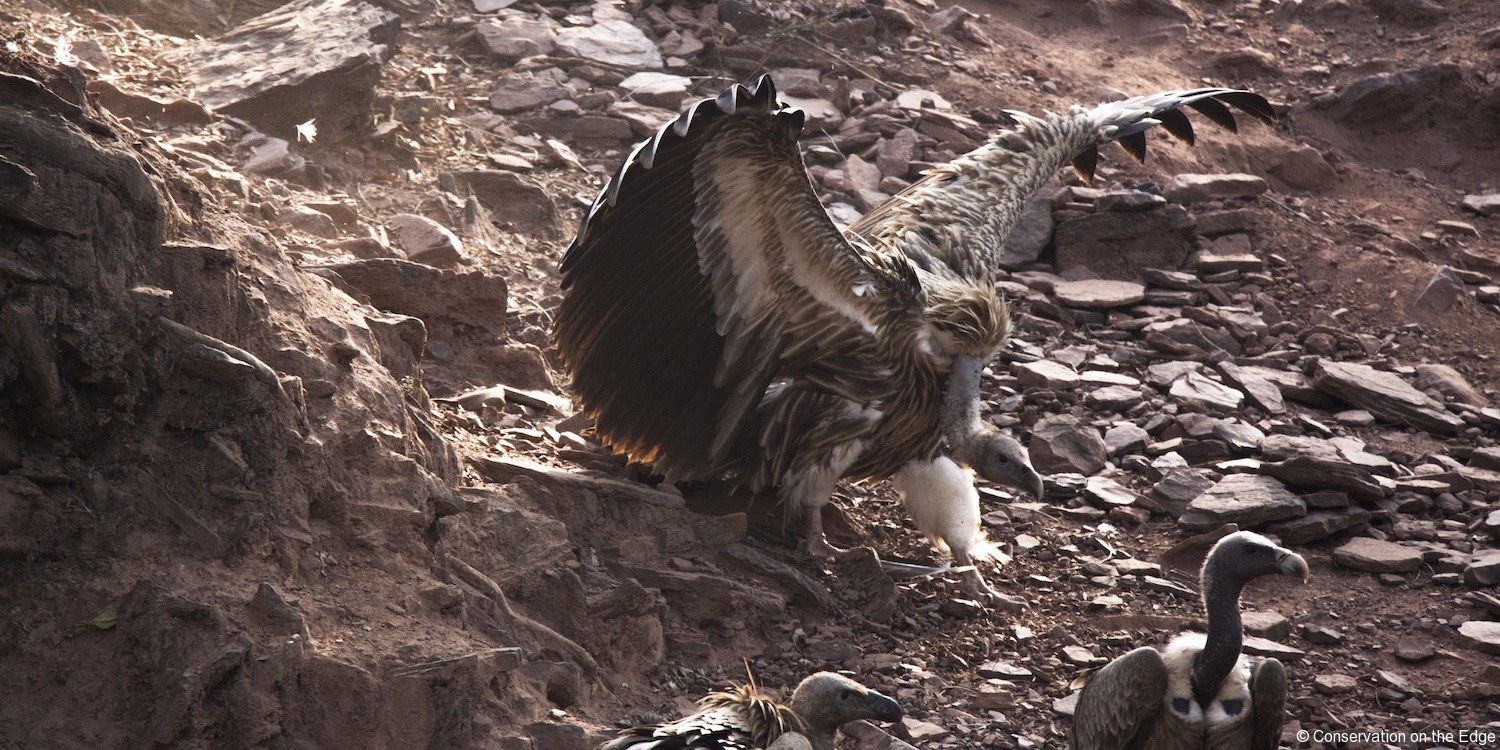Caucasus
WWF
The Caucasus Ecoregion is one of the most biologically rich and culturally diverse regions on Earth. Located at the convergence point of three major bio-geographical regions (Europe, Asia and the Middle East), the country has numerous endemic species and large carnivores, such as bears, wolves and leopard.
Whilst in Georgia we will be visiting projects run by the WWF to see their work in protected area planning, forest restoration and species reintroduction in the mountainous regions of the Greater Caucasus in Kazbegi and Tusheti National Park.
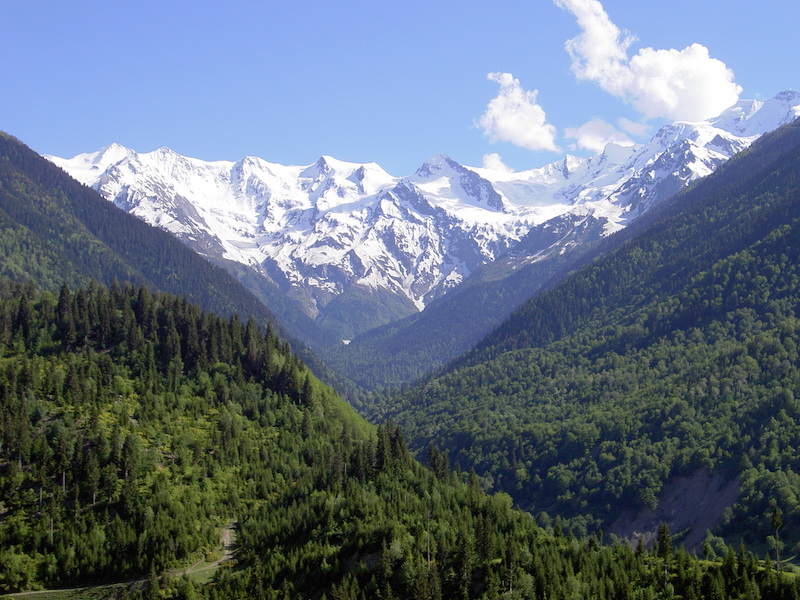
Uzbekistan
Saiga Conservation Alliance
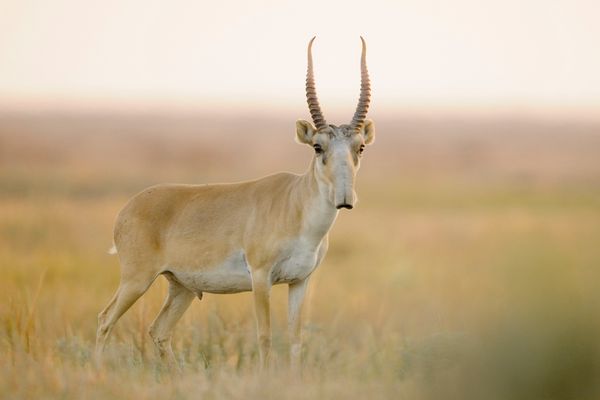
Uzbekistan has a rich and diverse natural environment, and extends from the stony deserts of the Ustyurt Plateau in the west, to the mountains of the Western Tien Shan in the east. It is home to migratory Saiga antelope, a species known for its historically vast aggregations. Today, the Saiga is one of the most threatened antelope species in the world. Overhunting and demand for their horn in traditional Chinese medicine have decimated their populations and the vast migrations that were so synonymous with the Steppes are now a rare event. The Saiga Conservation Alliance are committed to restoring the Saiga antelope to its position as the flagship species of the Central Asian and pre-Caspian steppes, reflecting the species’ cultural and economic value to local people and its fundamental role in the steppe ecosystem
Tajikistan
Panthera
Panthera’s mission in Tajikistan is the conservation of the snow leopard and its prey. Declining prey availability is one of the main factors limiting snow leopard populations in Tajikistan. Since the collapse of the Soviet Union, human populations coping with a shift from external to local food and energy production have increased poaching pressure on prey species, while simultaneously reducing habitat quality via overgrazing with livestock and overharvest of woody plants for fuel. The community-based trophy hunting programmes that Panthera support provide financial incentives to local communities to limit poaching of wild prey species and reduce livestock overgrazing. Such programmes help reverse local declines in ibex, Marco Polo sheep, markhor and urial as well as snow leopards, while simultaneously improving the economic condition of local people.
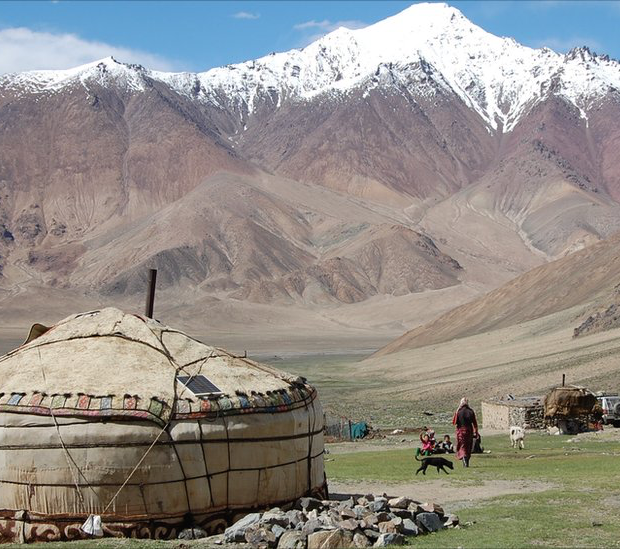
Afghanistan
Wildlife Conservation Society
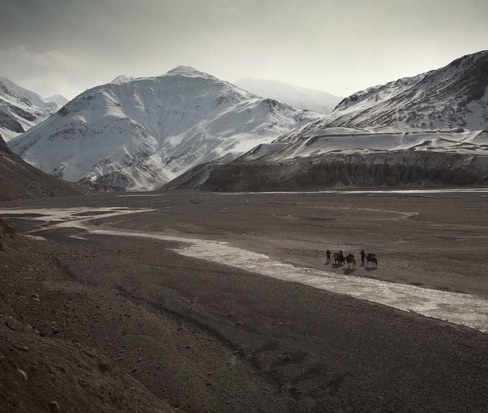
The Wildlife Conservation Society (WCS), based at the Bronx Zoo in New York, have been working in Afghanistan since 2006. They have an exceptionally diverse portfolio of projects that seek to empower local communities while also strengthening enforcement of protected areas. Examples include the development and design of new protected areas, building community governance structures for natural resource management and training government officials, in addition to monitoring wildlife in the region. Among their high profile achievements, they have been successfully collaring and tracking snow leopards to learn more about their ecology and travel patterns within their rangelands. At the core of the project, however, is close community involvement to ensure sustainable community-government co-management of natural resources and to encourage a real involvement in protected areas, so that tangible benefits flow back to the communities and the environment.
Nepal
National Trust for Nature Conservation (Nepal)
The mountainous region in northern Nepal is home to the world’s ten tallest mountains. The prominence of these dramatic mountains means that the true diversity of biomes and climate in the country is often overlooked. Descending from the roof of the world in the north to the grassland lowlands in the south, there are no less than five climatic zones, from arctic to sub-arctic, cold, temperate and tropical. It is in the tropical Terai grasslands that The National Trust for Nature Conservation (Nepal) are working. Conservation through development is their mission statement and their projects represent some of the most successful and longest running initiatives of their kind, from community empowerment to species-specific conservation drives.

India
Aaranyak
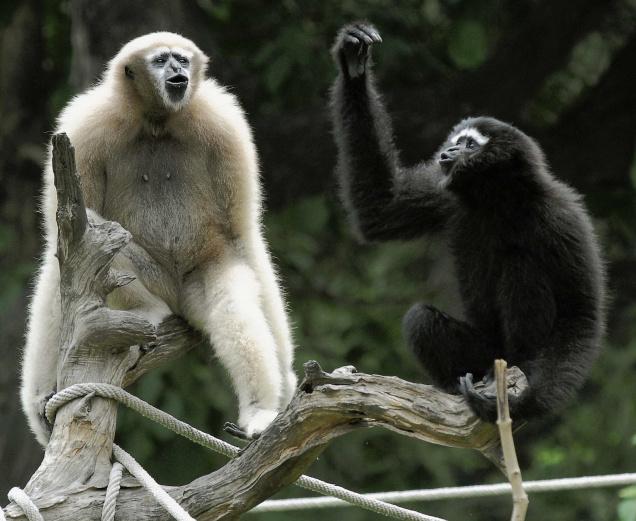
India is the second most populous country in the world, with a history and culture to match. The north east of India is arguably one of the richest remaining areas of biodiversity on the planet, with forest and savannah systems that are home to elephant, buffalo, tiger, rhino and a diversity of antlelope and bird that rival the gems of east Africa. Aaranyak is a local conservation NGO, a member of the IUCN and recipient of the RBS “Earth Heroes” award in 2011. They have been working in northeast India since 1989 to conserve the rich biodiversity of the region. With a focus on applied conservation research, they have adopted a socio-ecological approach to tackling the challenges of conservation in the region, working closely with local community groups to invest in capacity building, education and community-based conservation programmes.
WWF
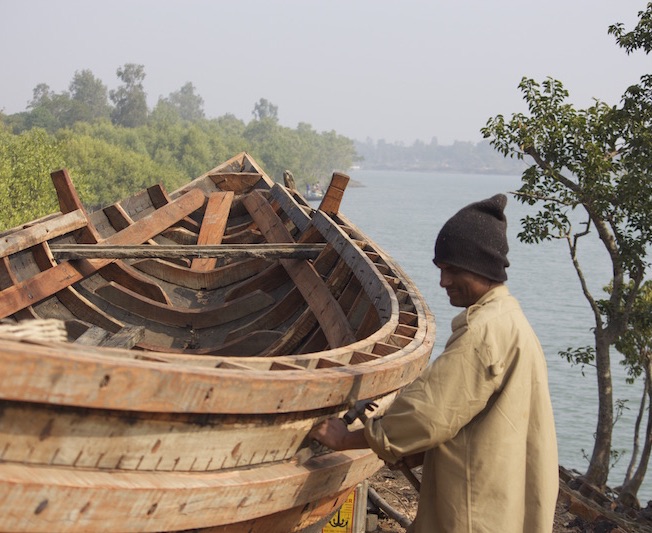
The Sundarbans is a vast complex of intertidal and estuarine areas situated on the border of India and Bangladesh where the Ganges, Brahmaputra, and Mehgna rivers converge in the Bengal Basin. It is home to many rare and globally threatened wildlife species such as the estuarine crocodile, royal Bengal tiger, Water monitor lizard, Gangetic dolphin, and olive ridley turtle. The Sundarbans delta in India has been a priority region for WWF-India since 1973 due to its unique biodiversity. It is an ecologically fragile and climatically vulnerable region that is home to over 4.5 million people. Securing the future of the Sundarbans, its biodiversity and people requires a long term vision that can integrate climate adaptation and conservation strategies along with shorter term interventions such as ensuring sustainable livelihoods, access to clean and sustainable energy and effective human wildlife conflict management.

